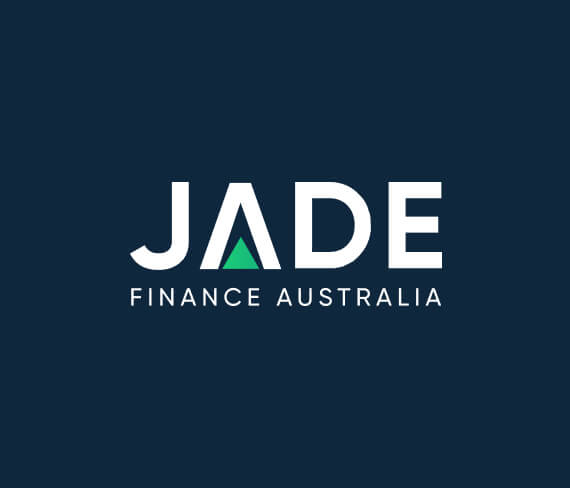Australia marked a historic milestone on the first Tuesday in November 2021. It wasn’t the surprise winner of the Melbourne Cup, this was a milestone with far-reaching and widely realised benefits. On 2 November the Reserve Bank of Australia (RBA) kept the official cash rate on hold at the historic low of 0.1% Marking a full 12 month cycle of historic low rates for the Australian lending sector.
It has been a historic time for many reasons regarding the COVID-19 pandemic. The history-making low interest rate environment just one of many events of note over the period. But how long will this lowest rate scenario be sustained?
We cover off on the latest RBA November statement and the indicators that may trigger a rate hike.
Interest Rate Scenario
The official cash rate is of major significance to borrowers of all types of finance as it is essentially a foundation base from which lenders set and structure the rates that they offer on their finance and loan portfolio. The rates set by individual lenders will also include their costs of borrowings, their exposure to different sectors and their own forecasts of the market.
In response to the pandemic, the RBA cut the official interest rate three times in 2020. The strategy being to stimulate the economy by making borrowings cheaper and hence investing in especially new business equipment more attractive. This monetary policy strategy worked in conjunction with Fiscal Policy moves which included the introduction of Instant Asset Write-Off and temporary full expensing for business investment acquisitions.
While the early year cuts were somewhat expected, the November 2020 cut to 0.1% came as a surprise to the market. The historic low rate has enabled both consumers and business access to cheap finance and loans.
But while borrowers are enjoying the ride, the housing market has heated up, many saying over-heated, and many have been calling for the RBA to cut rates in response. The thinking being that it would make home mortgages more expensive and deter buyers. The RBA has repeatedly countered these calls and kept the rate steady at the historic level.
Statement by RBA Board: November 2021
At the November 2021 meeting, the RBA Board held the cash rate at the 0.1% level. Noting that despite the serious outbreak of the COVID Delta strain, the economy was expected to bounce back quickly. It noted that inflation has risen to 2.1% but the 3% target was not expected for several years.
Inflation is an important figure for prospective borrowers to stay across as this is a key economic indicator, along with unemployment, that the RBA has noted as a trigger for a rate rise. The target inflation range which the bank has consistently noted is sustained in the 2-3% range. Not simply one or two months but sustained. An unemployment figure below 4% is also sought. The RBA expects unemployment to be 4% by the end of 2023.
One key policy change that was made by the RBA at this time, is to the bond buying program which it has undertaken as part of monetary policy to support the economy. This is being wound back which is an indicator of the economy’s recovery.
In remarks, the RBA Governor, Philip Lowe, noted that GDP was expected to post a solid gain in the December quarter, following the contraction in the September quarter which reflected the Delta outbreak effects. Mr Lowe also noted that the current forecasts of inflation around 2.5% in 2023 is higher than the RBA’s previous forecasts. However, he mentioned that it was not expected that Australia would experience the ‘surge inflation’ has experienced in some countries. Stating that the situation in this country is different.
A very important remark which borrowers should note is that Mr Lowe notes that the decisions made do not represent a view that the Bank will increase the cash rate prior to the 2024 indication. He stressed the uncertainty of the timing of any future changes. He said that it is entirely possible, given the information at hand, that the cash rate could remain at 0.1% to 2024 but that an earlier increase may also be possible.
There are analysts and experts in the finance sector including some major banks that are forecasting rate increases in 2022 of 2023. It is worth noting that much of the discussion around banks and interest rates are in regard to home mortgages which are structured differently than our consumer loan and business finance products.
Comparing Interest Rates
To compare current interest rates available through different lenders on different loan products and across our business finance portfolio, simply refer to our interest rate calculators.
Regardless of any moves by the RBA on the cash rate, Jade Finance is committed to achieving better interest rates across our lending market.
Contact Jade Finance 1300 000 008 to discuss your business finance requirements.
DISCLAIMER: NO LIABILITY IS ACCEPTED IF ERRORS OR MISREPRESENTATIONS ARE FOUND IN THIS ARTICLE. THE ARTICLE IS PREPARED AND PRESENTED FOR GENERAL INFORMATIVE PURPOSES AND IS NOT INTENDED TO BE THE SOLE SOURCE OF INFORMATION FOR MAKING FINANCIAL DECISIONS. THOSE REQUIRING GUIDANCE AND ADVICE SHOULD CONSULT A FINANCIAL ADVISOR.
